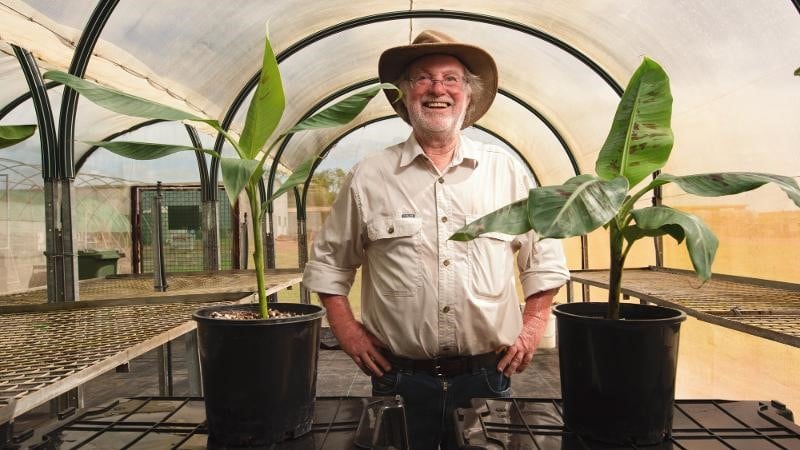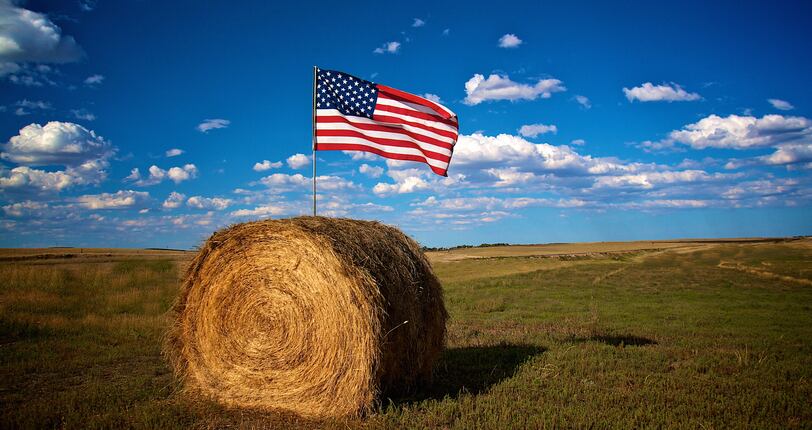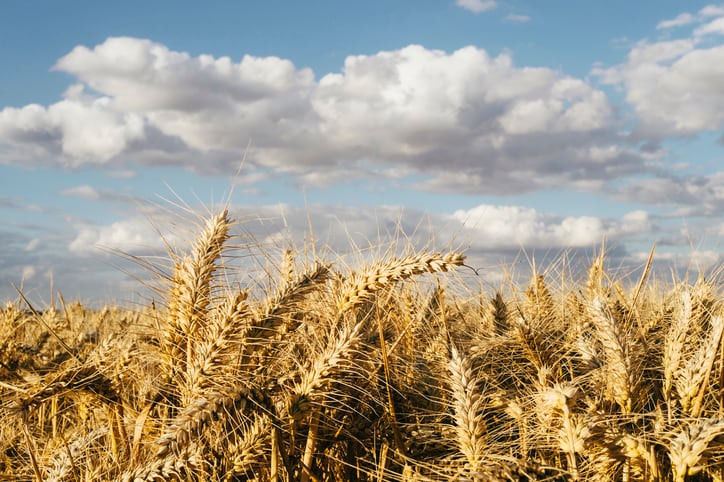The new convention promises to substantially cut the time required to develop new pigeonpea lines with desirable traits, effectively bringing food to dryland communities faster.
Pigeonpea (Toor Dal), is a versatile and highly cherished legume that holds a special place in the diets of South Asian communities. Renowned for its rich protein content, pigeonpea has long been a major dietary staple across the Indian sub-continent, providing vital nutrition to millions.
India leads the charge as the world's top producer of pigeonpea, with an impressive output of 4.32 million tonnes grown on 5.2 million hectares in 2021, boasting a productivity of 825 kg per hectare.
Traditionally, pigeonpea breeding can take up to thirteen years. But with the new protocol's emphasis on material breeding and control over factors like photoperiod, temperature, and humidity, the breeding cycle can now be shortened to just two to four years.
Dr Jacqueline Hughes, Director General of ICRISAT, underscored the consequence of the innovation: "This pigeonpea speed breeding protocol represents a significant advancement for major pigeonpea-producing regions, paving the way for self-reliance in pulse production and meeting the dietary necessities of nations such as India, Myanmar, Kenya, Tanzania, Myanmar, and Mozambique.
"I commend our researchers and partners for developing this protocol, which promises to enhance food and nutrition security in the drylands. This achievement is particularly timely, coinciding with World Pulses Day celebrations, highlighting the global significance of pulses" said Dr Hughes.
Historically, pigeonpea’s long growth cycle and sensitivity to day length have hindered breeding efforts, with only about 250 varieties released globally over six decades.
Unprecedented pace
This new speed breeding protocol enables researchers to develop climate-resilient, nutritionally superior, and higher-yielding pigeonpea varieties at an unprecedented pace.
ICRSIAT says pigeonpea can be a lifeline for dryland communities and thrive where other legumes struggle, providing sustenance, income and hope for farming communities.
Following the success of a similar methodology for chickpea, Dr Sean Mayes, Director of ICRISAT’s Global Research Program – Accelerated Crop Improvement, said that the new protocol underscored the Institute’s commitment to food and nutrition security in the drylands.
"Building on our achievements with chickpeas, we're proud to extend our speed breeding protocols to pigeonpea, marking a significant milestone towards securing a nutrition-rich future,” said Dr Mayes.
Lead Researcher on the project, Dr. Prakash Gangashetty said that ICRISAT has successfully addressed a longstanding challenge in pigeonpea cultivation.
“This standardized speed breeding protocol caters to different maturity groups, facilitating rapid development of climate-resilient varieties and hybrids.
"This refined protocol not only accelerates the breeding cycle but also enhances precision through innovative techniques such as seed or pod chip-based genotyping and marker-assisted selection,” said Dr Gangashetty.
India's increasing demand for pigeonpea, projected to necessitate the import of 1.2 million tonnes by March 2024, underscores the timeliness of this open-access protocol.
It offers a blueprint for rapid, efficient pigeonpea variety development, contributing significantly to the goal of achieving self-sufficiency in pulse production.
The new protocol, accomplished through the establishment of ICRISAT's Rapid Generation Advancement Facility, owes its success to backing from the Rastriya Krishi Vikas Yojana (RKVY), Government of Odisha, the Indian Council of Agricultural Research, and the Government of India.





